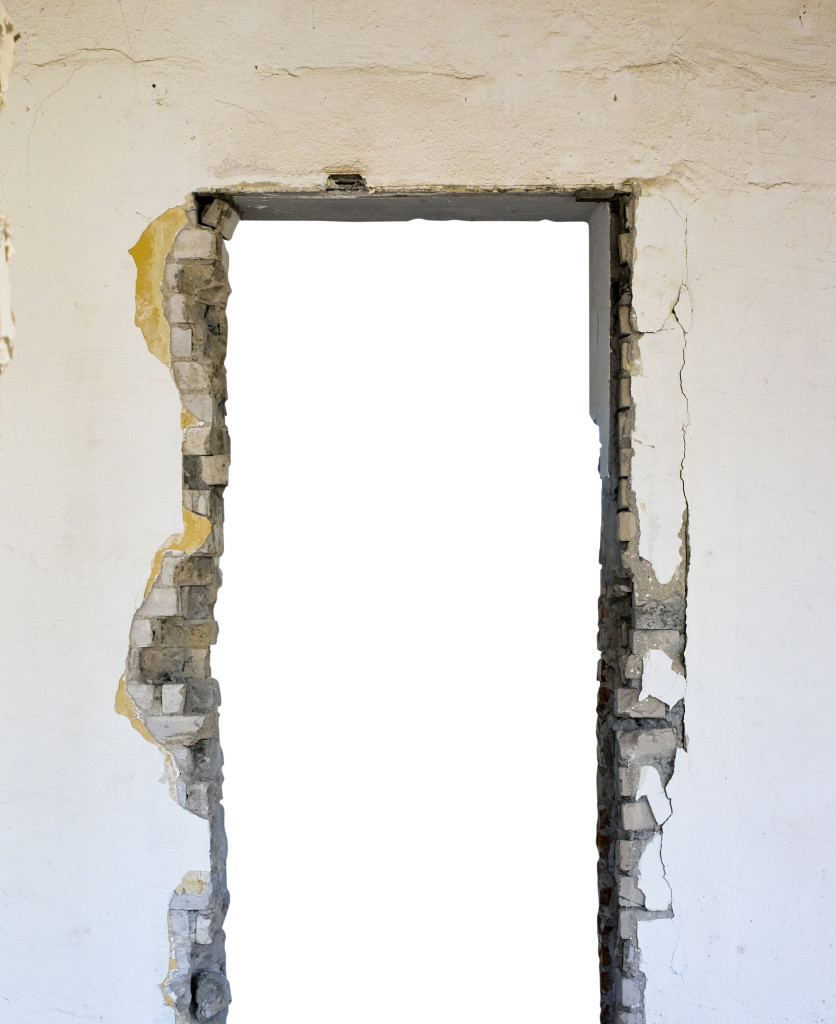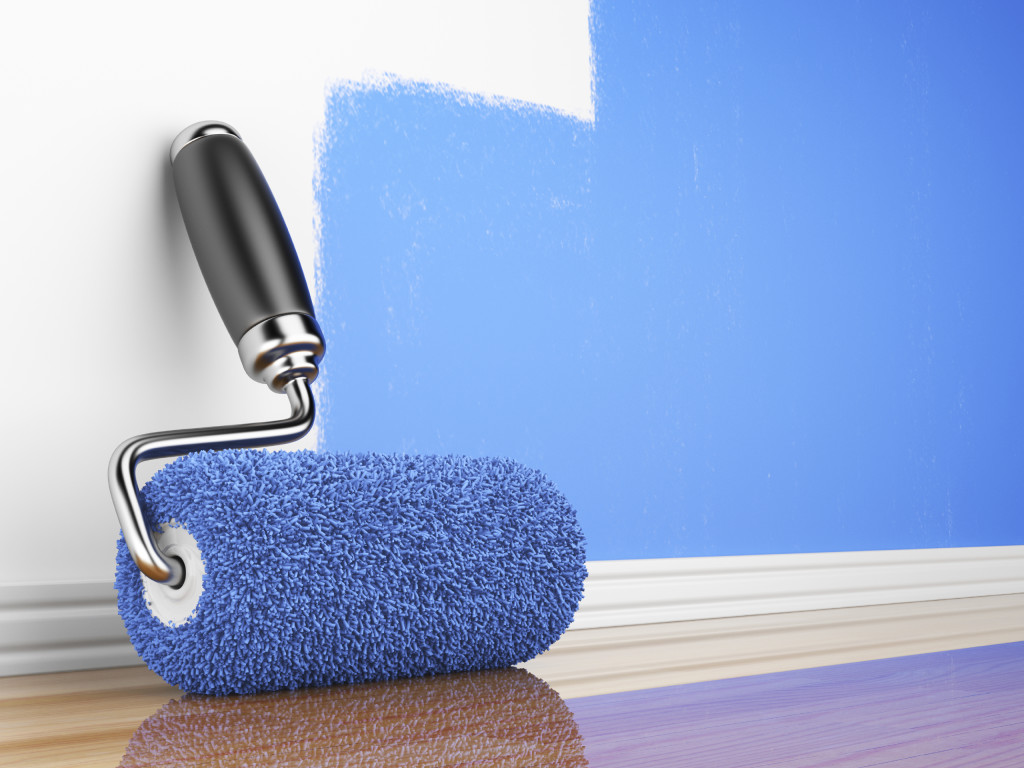Tackling these basic, inexpensive improvements will help your home stand out from the crowd in a difficult market. These 10 basic repairs will help prepare your house for a buyer's white-glove inspection:

1. Repair sagging screen doors and other entry red flags.
The entrance to your home is the key to first impressions. Carolyn Brake, a home-staging expert in Aurora, Colo., near Denver, prepares about 10 to 12 homes a week for market and she stresses the importance of creating a great impression right off the bat. "We're not so much selling the house as we're selling the experience of living in this house," Brake says. Buyers will be alert to signs of neglect or deferred maintenance, since they want to avoid expensive hidden problems down the road.
Make sure everything at the entrance is in working order. If the screen door is sagging, you'll probably have to install a new one, as aging aluminum parts often become too bent or broken to repair, says Charlie Hudson, a remodeling professional and owner of Hudson Remodeling, in Lynden, Wash. But first, try replacing any missing or corroded hinge screws and tightening the rest.
2. Spiff up the roof.
Missing shingles and hanging gutters broadcast a loud, scary signal to potential buyers. "You want the house to look as presentable and nonproblematic as possible," says Cathy Cowan, an agent with Windermere Real Estate Co. in Seattle. "There's a great deal of fear when people go out to look at property. You want them to be able to focus on 'Where does my bed go?' and 'Can we live here?' rather than, 'Oh my God, there's a problem with the roof.'"
Get a roofer to replace any missing or broken shingles or roofing tiles. Moss growing on the roof signals neglect, so it's important to get it cleaned off. Ask a roofing expert to remove moss or to recommend someone who can. Roofing professionals may suggest treating the surface of your roof with a chemical to kill moss or they may recommend installing zinc strips on the roof ridge. Water running over the zinc washes minute amounts of zinc carbonate over the roof, killing algae and moss, according to Z-Stop, which manufactures the strips. When hiring someone to work on your roof, it's crucial to check their recommendations. Amateurs can damage your roof with the careless use of a high-pressure power washer.
3. Clear and caulk gutters.
On a dry day, climb up on a ladder and clear all the debris out of the gutters so water can flow freely. While you're up there, recaulk the gutter end caps, advises Hudson. Seamless gutters are finished at the ends with a cap that's crimped and caulked. Aging caulk allows leaks to drain water down your home's siding.
Get started by drying the clean gutter; the drier the aluminum, the better caulk will bond to its surface, says Hudson. He recommends using flexible butyl caulk made for outdoor conditions. Its color doesn't matter, since you're caulking inside the gutter. Squeeze out a generous amount and use your finger to smear the stuff around inside the gutter cap seams. Don't worry about appearances, since no one will see your work.

4. Patch nail holes and repaint.
Moving inside the house, you'll want to patch up nail holes in the walls. Ask at a hardware store for lightweight putty. Apply it with a putty knife and fill in each hole, scraping the excess off the wall. Following directions on the package, wait for it to dry. Then sand the putty until it's smooth and flush with the wall. Paint the repaired spots with primer. Call a handyman for anything bigger than a nail hole, as it's not easy to blend bigger repairs into the wall and obvious patches telegraph the message, "I'm hiding something," says Hudson. Repaint the entire wall -- you're unlikely to be able to hide a touched-up patch, otherwise -- from one corner to the next.
5. Renew dinged baseboards.
Beat-up baseboards detract greatly from the appearance of your home, and they're easy to spiff up. "All those little things tend to stand out," says Carroll. First, clean them to remove scrapes and smudges left by clawing pets and toddlers on wheels. Brake says a Mr. Clean Magic Eraser sponge works great on painted surfaces. Fill in dents with spackle, sand the baseboards smooth and repaint them. If you've lost the name of the original paint color, chip off a coin-sized bit, slip it into an envelope and bring it to the paint store where you can have the color computer matched.
Use primer before painting. Don't just retouch small areas; paint the entire piece of baseboard, from one end to the other. Choose a washable eggshell finish. White is a great choice for making baseboards and trim look crisp and clean.

 Print
Print
